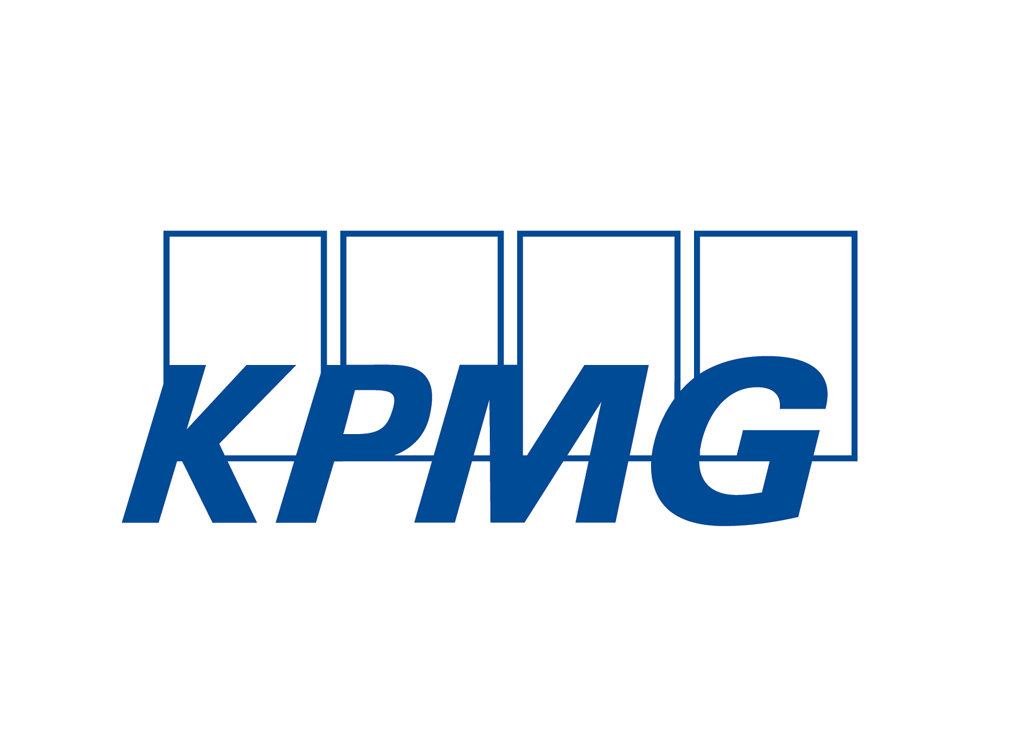
Getting to Strong: Should Your Bank Acquire?
Brought to you by KPMG LLP

 With the number of bank mergers thus far in 2014 marginally ahead of the pace set in the same period last year, it is tempting to think that this could be the year when the much-anticipated mergers and acquisitions (M&A) wave finally materializes. SNL Financial reported that 14 deals were announced in January, two more than the 12 in the same period last year, and—perhaps more interestingly—the median price-to-tangible book ratio of the deals had risen 43 basis points to 140.86 percent, compared to January 2013.
With the number of bank mergers thus far in 2014 marginally ahead of the pace set in the same period last year, it is tempting to think that this could be the year when the much-anticipated mergers and acquisitions (M&A) wave finally materializes. SNL Financial reported that 14 deals were announced in January, two more than the 12 in the same period last year, and—perhaps more interestingly—the median price-to-tangible book ratio of the deals had risen 43 basis points to 140.86 percent, compared to January 2013.
As encouraging as that report might be, no one at this point can say with any confidence that the M&A engine is primed to roar. Nevertheless, KPMG LLP’s view of the marketplace allows us to suggest that, if nothing else, it makes sense for hundreds of banks and thrifts to merge, acquire or form strategic alliances. Let’s list a handful of factors we believe auger well for the M&A pace to pick up:
Not a week has gone by in the past several months, it seems, without any of us hearing about the growing popularity of a “merger of equals’’ in the industry as a way for the smaller-asset banks to combine strengths to compete with bigger, stronger banks. After all, that “if-you-can’t-beat-‘em-join-‘em’’ posture fits with one of the key findings of KPMG LLP’s 2013 Community Banking Outlook Survey. A hefty 77 percent of respondents in the November 2013 survey said they believe a bank must achieve an asset level of at least $1 billion or more to remain independent in today’s market.
Then, there are the other reasons in the litany of drivers arguing that smaller banks join with peers or sell to bigger brethren in more deals: the escalating costs associated with staying in compliance with regulatory demands, the attractiveness of spreading into new geographies where specific demographics would make sense for expansion, and the attractiveness of acquiring a competitor that holds rich talent to drive new sources of revenue or to enhance technological capabilities.
On the flip side, it’s always prudent to be aware of “deal fever,’’ a desire to do a deal just to do a deal— which can be brought on by a sometimes poorly thought out plan to buy or sell just because others around you are doing deals. Our belief is that the chances of a successful deal are enhanced when the board and management team maintain a rigorous target-selection process that strictly focuses on strategic alignment. There must be a fit, a focus, and a follow through—without shortcuts.
As part of our panel discussion at Bank Director’s recent Acquire or Be Acquired conference, Roberto Herencia, chairman at FirstBancorp and FirstBank Puerto Rico, also reminded us that, because banks are sold, and not bought, acquirers will need to sharpen their business cases. An acquirer, therefore, must frequently convince a reluctant target that a sale make sense for both parties, and equally must respect the emotions of the sellers as much as dollar and cents, because of the role that smaller banks play in the fabric of smaller communities.
That said, we also believe that deals today must be game changers, given that so much time and effort is required in the current highly regulated environment, and that many targets may still struggle with possible toxic assets on the books. Such realities, in our view, mean most of the sellers will be in the $500-million to $2.5-billion asset range, which encompasses about 1,000 banks.
Through it all, we would argue that bank directors must have comfort that management presents the board with documentation that a target is aligned with the bank’s strategic objectives, that the deal has passed through the critical pre-signing phase where significant value drivers have been vetted, and that there has been an aggressive focus on risk and synergy implications. Further, no deal can be successful without the board having evidence that an effective governance structure— complete with realistic processes—has been established.

